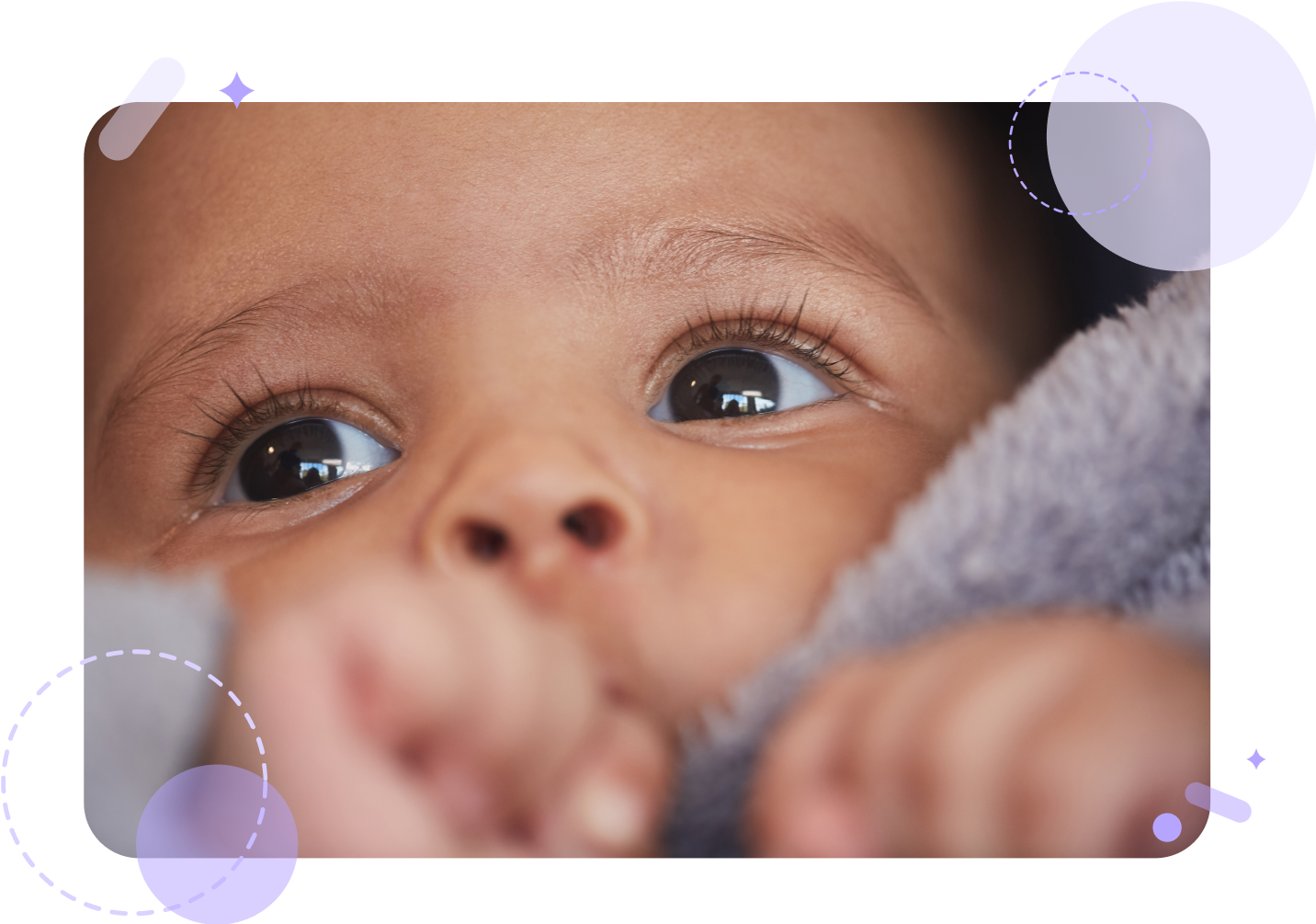
Visiting your baby’s pediatrician or doctors, you might have come across the term percentiles and the accompanying growth charts. What are these, and why do they matter?
Weight, length, and head circumference are the three parameters of physical development that your baby’s pediatrician will keep tabs on at every checkup from birth. Recording these three measurements gives doctors valuable insights into how well your baby is growing physically.
The above measurements are plotted on growth charts with data for normal ranges from other babies of the same age and sex. Percentiles come in handy by providing you an overview of how your baby is growing compared to the average rates from many babies in the same developmental stage.
Let’s look deeper into these three parameters as your baby grows.
Weight Measurement
The range for a normal term pregnancy baby weight is 5.5 pounds (2.5 kilograms) to 10 pounds (4.6 kilograms) at birth. Gender, along with other factors like genetics, parent’s age, or any medical issues the mother might have, can affect a baby’s weight. Let’s look at the breakdown for the first year:
- 0 to 1 month: Boys can weigh at 7.6 pounds (3.34 kilograms) and girls at 7.2 pounds (3.23 kilograms) on average.
- 1 to 3 months: The average weight gain since birth can be around 1.5 pounds (0.7 kilograms) to 2 pounds (0.9 kilograms) each month.
- 3 to 6 months: Around this time, you can expect baby boys to weigh between 14 pounds (6.4 kilograms) to 17 pounds (7.9 kilograms) and between 12 pounds (5.8 kilograms) to 16 pounds (7.3 kilograms) for baby girls, on average.
- 6 to 9 months: On average, baby boys will weigh about 17 pounds, 8 ounces (7.9 kilograms) to 19 pounds, 10 ounces (8.9 kilograms) and baby girls will weigh around 16 pounds, 2 ounces (7.3 kilograms) to 18 pounds, 2 ounces (8.2 kilograms).
- 9 to 12 months: Nearing their first birthday, boys can weigh between 19 pounds (8.9 kilograms) to 21 pounds (9.6 kilograms), and girls can range between 18 pounds (8.2 kilograms) to 19 pounds (8.9 kilograms) on an average.
Length Measurement
Your newborn is not yet ready to stand unsupported for height measurement, and thus, in the earlier stage, measuring your baby’s height is known as length measurement. It is measured while your baby is lying down.
- 0 to 1 month: The average length can be 18 to 22 inches (45.7 to 60 centimeters).
- 1 to 3 months: Babies can grow up to 0.5 to 1 inch (1.5 to 2.5 centimeters) in length each month on average during the first six months.
- 3 to 6 months: Baby boys’ length will now range between 24.2 to 26.8 inches (61.5 to 68 centimeters), and baby girls would be between 23.6 to 25.5 inches (60 to 66 centimeters).
- 6 to 9 months: Boys can be 26.77 to 28.35 inches (68 to 72 centimeters) in length, and baby girls can be 25.48 to 27.56 inches (66 to 70 centimeters) during these months.
- 9 to 12 months: Around their first birthday, you can see a baby boy stand tall between 28.3 to 29.8 inches (72 to 76 centimeters) and a baby girl between 27.5 to 29.3 inches (70 to 74 centimeters).
Head Circumference Measurement
The third physical metric monitored by doctors is your baby’s head circumference, which measures the size (or diameter) of your baby’s head. It helps to assess adequate brain development because a developing brain requires rapid head growth.
- 0 to 1 month: The average head circumference at birth is about 13.5 inches (34.5 centimeters).
- 1 to 3 months: An increase of 0.78 inches (2 centimeters) per month can be observed.
- 3 to 6 months: The average total head circumference growth is 1.6 inches (4 centimeters) during this time.
- 6 to 9 months: The increase during this time is 0.8 inches (2 centimeters).
- 9 to 12 months: Around 8 months old, a baby’s head circumference will measure around 17.5 inches (44.5 centimeters) on average. The head can grow to 18 inches (46 centimeters) by the time your baby is ready to cut the first-year cake.
While these measurements are done most accurately by a professional like your baby’s pediatrician or a nurse, you can also keep tabs on your baby’s growth at home.
Marble helps you maintain records with statistical data and patterns about your baby’s physical development, easily sharable with your baby’s doctor to identify early signs of any potential developmental delays.
- University of Michigan: Physical Growth in Newborns
- Centers for Disease Control and Prevention: Clinical Growth Charts
- Marsden: Why Weighing Babies is Important
- Marsden: 10 Factors that Affect a Baby’s Birth Weight
- American Academy of Pediatrics: Weight Change Nomograms for the First Month After Birth
- Healthline Parenthood: What’s the Average Baby Length by Month
- National Center for Biotechnology Information: Measuring Head Circumference
 Back
Back

